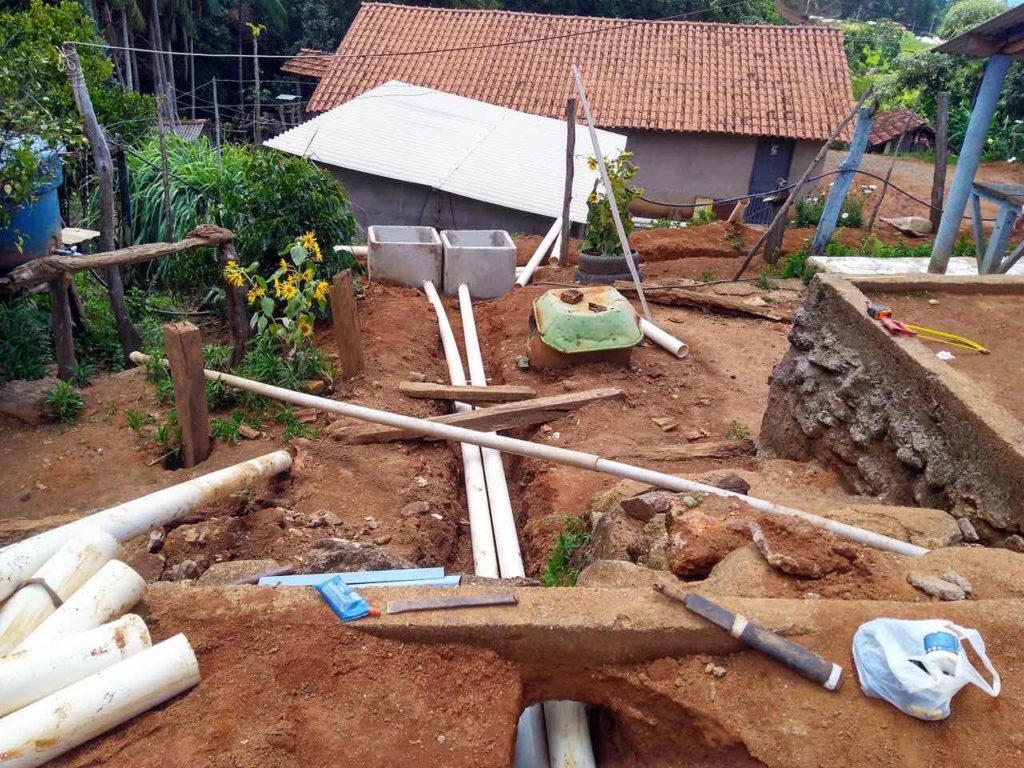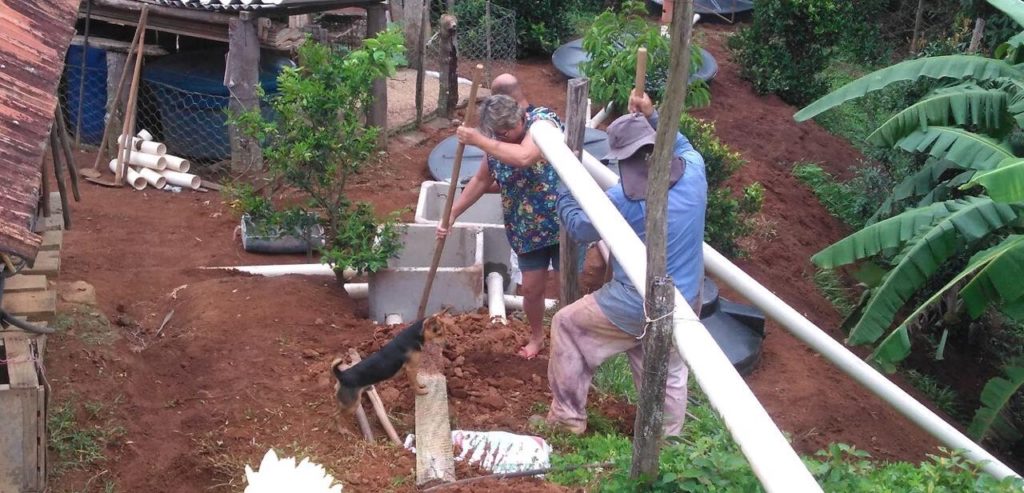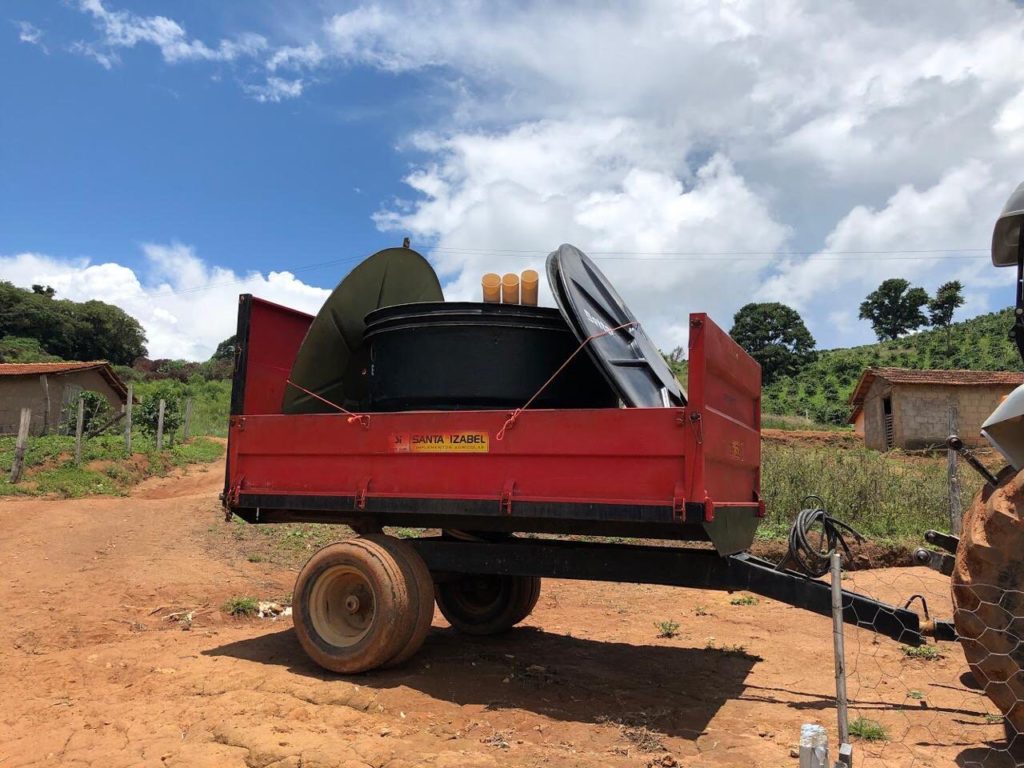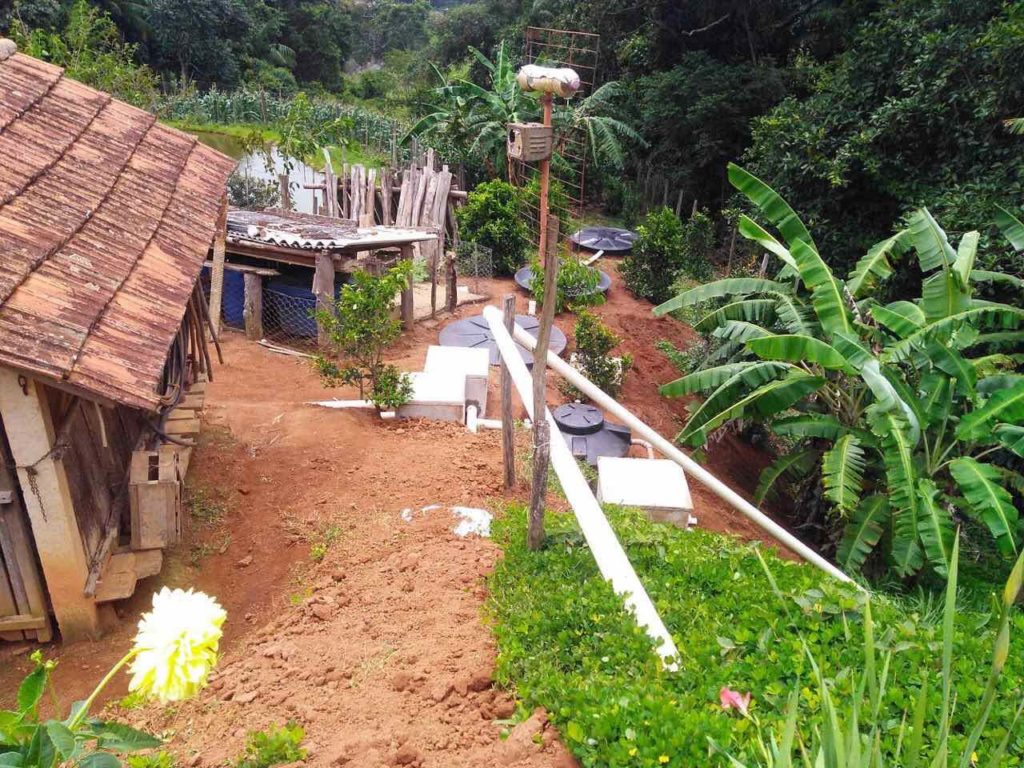
The Taf Direct Relationship program is for us a cornerstone, the basis of our consistency and our high quality.
This program is not an ordinary direct trade program, it is a program built on personal relationship, mutual trust, honesty, and respect with our partners so in this manner we ensure that we always get beans of the highest quality.
It is with great joy that we see the completion of the Water treatment Project at Serra do Cigano, Vila Vicente, Brazil.
Taf supported the investment for the installation of filtration systems through which the local community can save water by reusing filtered water waste as a fertilizer or for irrigation of the crops.
A project that promotes sustainable cultivation and better management of resources with multiple benefits not only for the environment but also for the people of the local community.
Always happy and excited to stand by our partners.
If you want to learn more please find more details and videos below:
Using Fazenda Ambiental Fortaleza as a model, the Bobolink Water Treatment Project is an initiative to bring the same level of water cleanliness, treatment and conservation to the participant producers of Bob-o-Link Coffees. Partnering with taf , along with local government and the producers themselves, our partners can make a difference in water quality for the environment, for their neighbors and for their grandchildren.
Serra do Cigano. Water Treatment Garden – Sitio Seriema
Ivan & Rose have been farming their own property on the mountain since 2008. They both grew up in coffee farming families and they are expecting their first child this year. With a growing family the need for proper waste water treatment becomes even more important. As with many properties in the area, the farm relies on a simple septic tank treatment system. Long term there are risks to the surrounding rivers and streams as this type of waste treatment is slow and prone to leaks.
Objective: To provide simple, low-cost and effective treatment of household waste (grey and black water) for a single-family residence that currently relies on an unprotected septic system.
Execution :
Step 1 – Grease Trap
A simple grease trap is installed that catches the grey-water solids from the kitchen. This allows a preliminary treatment of the grey water before it flows to the Biodigester Septic Tank.
Step 2 – Biodigester Septic Tank
Blackwater waste flows directly into the Biodigester Septic Tank and is mixed with the output from the grease-trap. Slightly more complicated than a normal septic tank, it decomposes the waste much more efficiently and allows the solids to be removed by gravity. It is not required to hire a removal service with a tank and pumps. The property owner can do this annually and can store the solids in a drying tank on the premises. This then becomes compost!
Step 3 – Wetland Filtration system
This is a planted living garden that receives the liquids from the biodigester and filters them through the root-system and soils of the garden. Two gardens are planted. The first has a protective sheeting surrounding the plants that protects the local ecosystem from the water being treated. The second garden receives relatively clean water and returns the final treated liquids to the environment via infiltration and evaporation.
Project Execution:
Work began on the week of April 2nd 2019. Ivan and Rose, with the help of neighbors, began excavating the site.
The principal excavations for the filtration gardens were done by mechanical excavators contracted by Ivan and Rose. The smaller holes for the concrete inspection hatches and collection areas were dug by hand by the volunteers. All the connection paths for the piping were dug by hand and carefully set at the correct level to ensure that the system would function by gravity alone without the need of pumps. Materials were purchased and delivered to the farm by FAFCoffees using the funds donated by you. Ivan & Rose agreed to pay for any mechanical excavation needed to remove topsoil for the filtration gardens and dig out the holes needed for the biodigestor and collection tanks.
They also supplied the sand, gravel, and their own tractor to move heavy objects around and lunch for all the volunteers! The next step was the position of the Biodigestor in the large hole in the center of the project.
This is the heart of the system that takes all the wastewater from the farm and accelerates the decomposition process.
Once this was accomplished the adjacent inspection boxes that had been pre-cast in concrete could be lowered in. To the left is the inspection tank that collects wastewater coming from the farmhouse. Above the biodigestor is the collection tank where once a year the safely decomposed solid waste is released. To the right is the collection tank where the semi-treated liquids are passed to the first filtration garden.
Plastic barrels with dispersion pipes were buried in the gardens to help the flow of liquids through the system.
Protection layers of plastic sheeting were then laid into the filtration gardens and covered with sand, riverbed stones, and topsoil. Here João Hamilton is setting the pipes in the final garden.
Finally, the connection boxes were covered and the area prepared for planting. Over the next months, Ivan and Rose will be seeding the filtration gardens with local plants that will clean and absorb the water flowing through the system.








